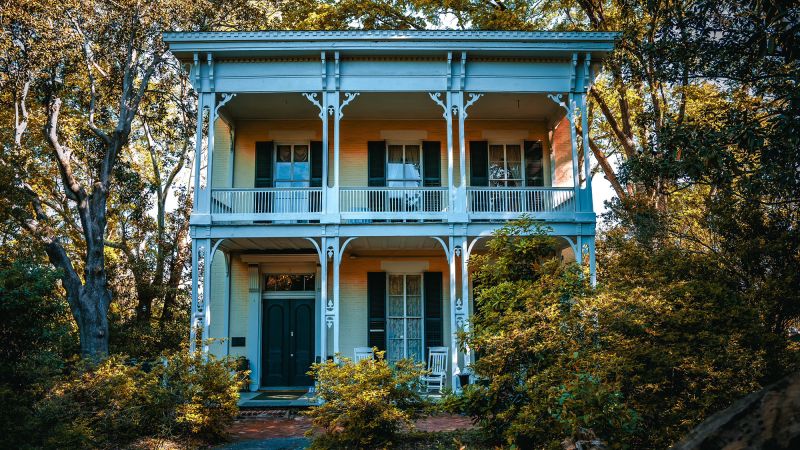Vicksburg, Mississippi (CNN) – Near closing time on a recent Fourth of July, Grace Bailey noticed a man approaching along the brick pathway, headed toward the front door of McRaven House in Vicksburg, Mississippi.
Through the foliage lining the walk, she could see he was dressed more formally than the usual tourists at the antebellum home, whose first quarters were built in 1797. As one of two tour guides on duty, Bailey marched back inside to her post at the front door to greet the late-arriving guest. But when she opened the door, nobody was coming up the walk.
While she stood waiting for the man to reappear, though, she realized something eerily familiar about his attire and distinctive hair style, both of which seemed out of place and time. Then, she remembered the other significance of the date: In Vicksburg, July 4th is also remembered as the day in 1863 when Confederate forces surrendered to the Union army, ending a grisly 43-day siege.
And it was exactly one year after the siege ended that then-owner John H. Bobb was murdered by Union occupiers.
“I was on the verge of freaking out, because the hair that I saw had the same swoosh as Mr. Bobb’s portrait,” Bailey says. “It was a moment of, ‘Okay, well, I just saw a ghost for officially the first time.’”
The remains of hundreds of Confederate soldiers are believed to be buried close to McRaven House in Vicksburg, where a grisly 43-day siege took place.
Continue Reading on CNN
This preview shows approximately 15% of the article. Read the full story on the publisher's website to support quality journalism.
